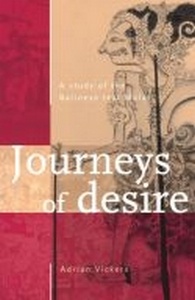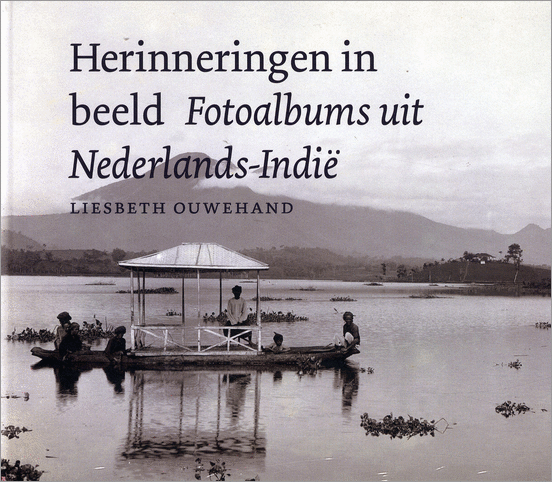Journeys of desire: A study of the Balinese text Malat
Description
From the late seventeenth century until the Dutch conquest of the early twentieth Century Bali was ruled by a set of competing kingdoms. This study of the Balinese text Kidung Malat is the first work in Indonesian historical studies to analyse the main ideology of these Balinese kingdoms. It does so by demonstrating how the performance and presentation of the text presented an image of the ideal prince to both rulers and subjects.
The Kidung Malat exemplifies courtly ideology through its descriptions of the adventures of kings and princes from the era of the medieval kingdoms of East Java. It is one of the longest and most complex of a set of narratives called Pañji stories, which originated in East Java and spread throughout Southeast Asia. This book is also the first extensive historical analysis of a Pañji story, combining textual analysis with the study of the gambuhdance-drama in which the Malat is performed, and comparing these forms with paintings and other manifestations of the text.
Additional Information
| Edition | |
|---|---|
| Pages | |
| Series | |
| authors | 953 |







